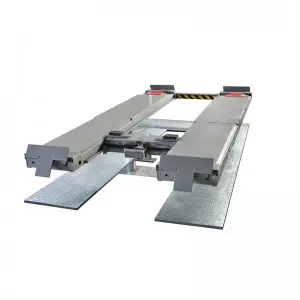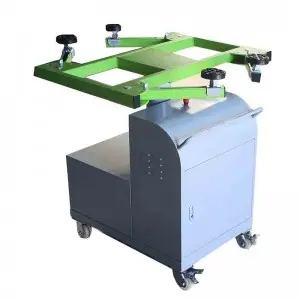Cylinder is a three-dimensional geometric figure with two parallel, congruent circular bases that are connected by a curved surface. It has been in use for centuries in various applications, including transport, construction, and even cooking. However, with the advancement of technology, the cylinder has taken on new roles that demonstrate its versatility and efficiency in modern times.
One of the primary areas where the cylinder has found immense use is in the field of engines. The internal combustion engine, which powers most automobiles, uses a cylinder to convert fuel into energy. The cylindrical shape allows for maximum use of available space and air intake, and the fuel combustion process is optimized to provide the maximum power and fuel efficiency. Many machines, including generators and pumps, also use a cylinder to power their operations.

Unleashing the Power of Cylinder in Modern Technology
A cylinder is also an essential component in hydraulic systems, which rely on the movement of fluids to generate force and power. Hydraulic cylinders are widely used in industrial applications, such as construction machinery, mining equipment, and heavy-duty vehicles. The design of the hydraulic cylinder allows for a smooth and controlled movement, making it ideal for applications that require precision and accuracy.

Unleashing the Power of Cylinder in Modern Technology

Unleashing the Power of Cylinder in Modern Technology
Another area where cylinders are increasingly becoming popular is in energy storage. Cylindrical batteries, such as those used in electric cars and phones, pack more power into a given space and are easier to manufacture than other battery shapes. The design of the cylinder allows for better heat dissipation, reducing the risk of overheating and fire. Moreover, cylindrical storage tanks are used to store compressed gases, such as natural gas and hydrogen, and are vital in the transportation and storage of these fuels.
The cylinder has also made inroads in the field of robotics, where it is used to create linear actuators that translate rotary motion into linear movement. Linear actuators are essential in robotic arms, which perform various tasks, such as assembling, handling, and inspecting products. The use of cylinders in robotics has enabled the creation of more precise and efficient machines.
The cylinder has also found use in the medical field, where it is used to create prosthetics and orthotics. Cylindrical components are used to create fluid movements, allowing for better mobility and ease of use for patients. Medical cylinders are also used in artificial hearts and pumps, where they provide the necessary power to pump blood and provide life support to patients.
In conclusion, the cylinder is an essential geometric figure that has found widespread use in modern technology. Its versatility, efficiency, and precision have made it an essential component in various applications, including engines, hydraulics, energy storage, robotics, and medicine. As technology advances, the cylinder is likely to find even more use in other areas, making it a crucial figure in modern science and technology.Inground lift
